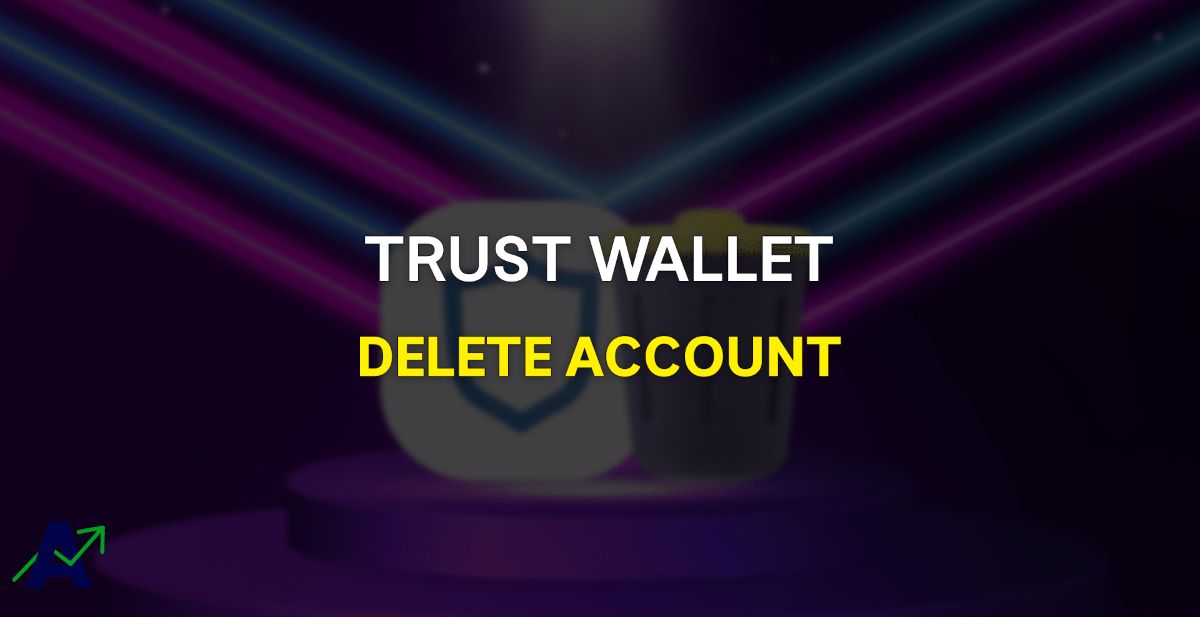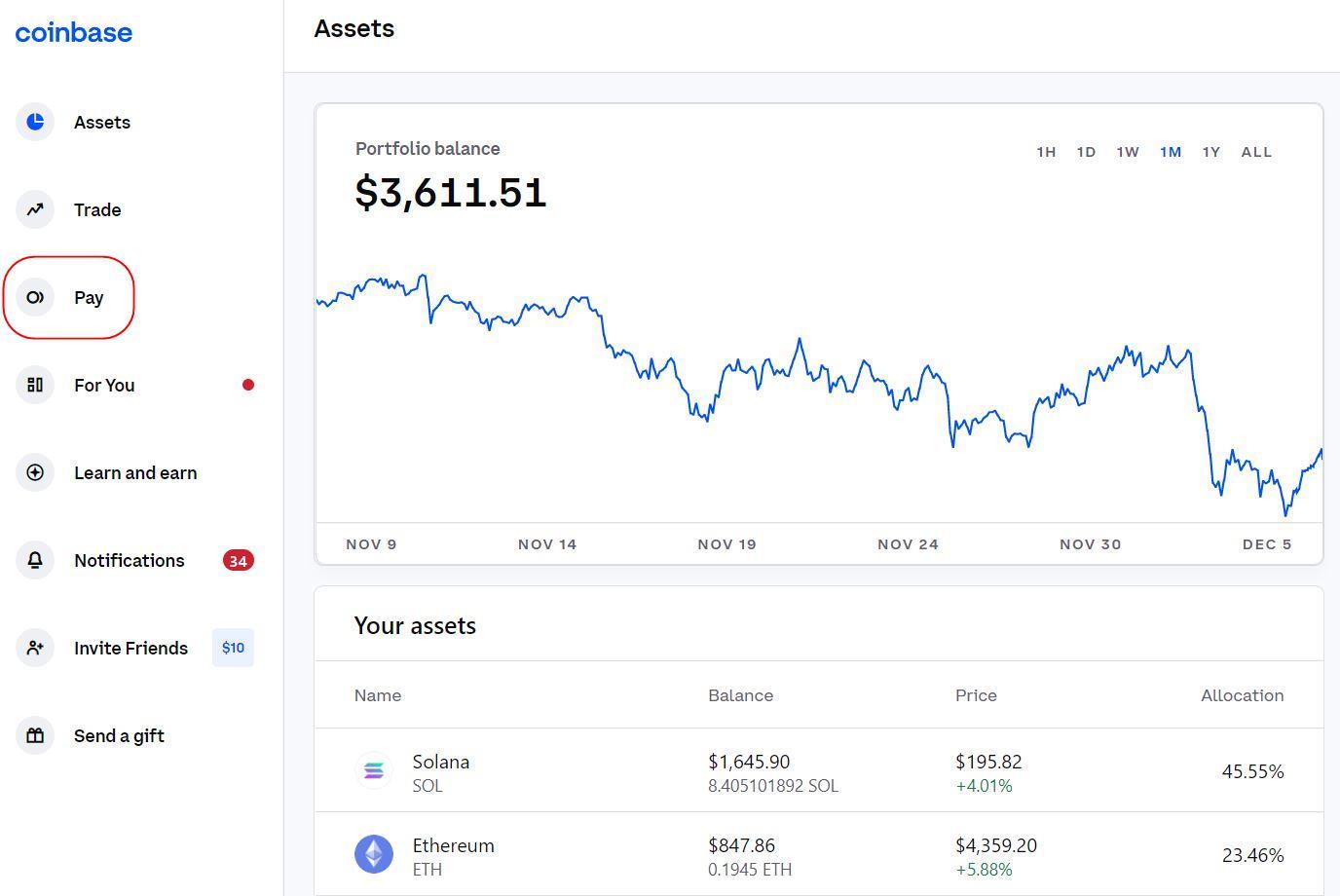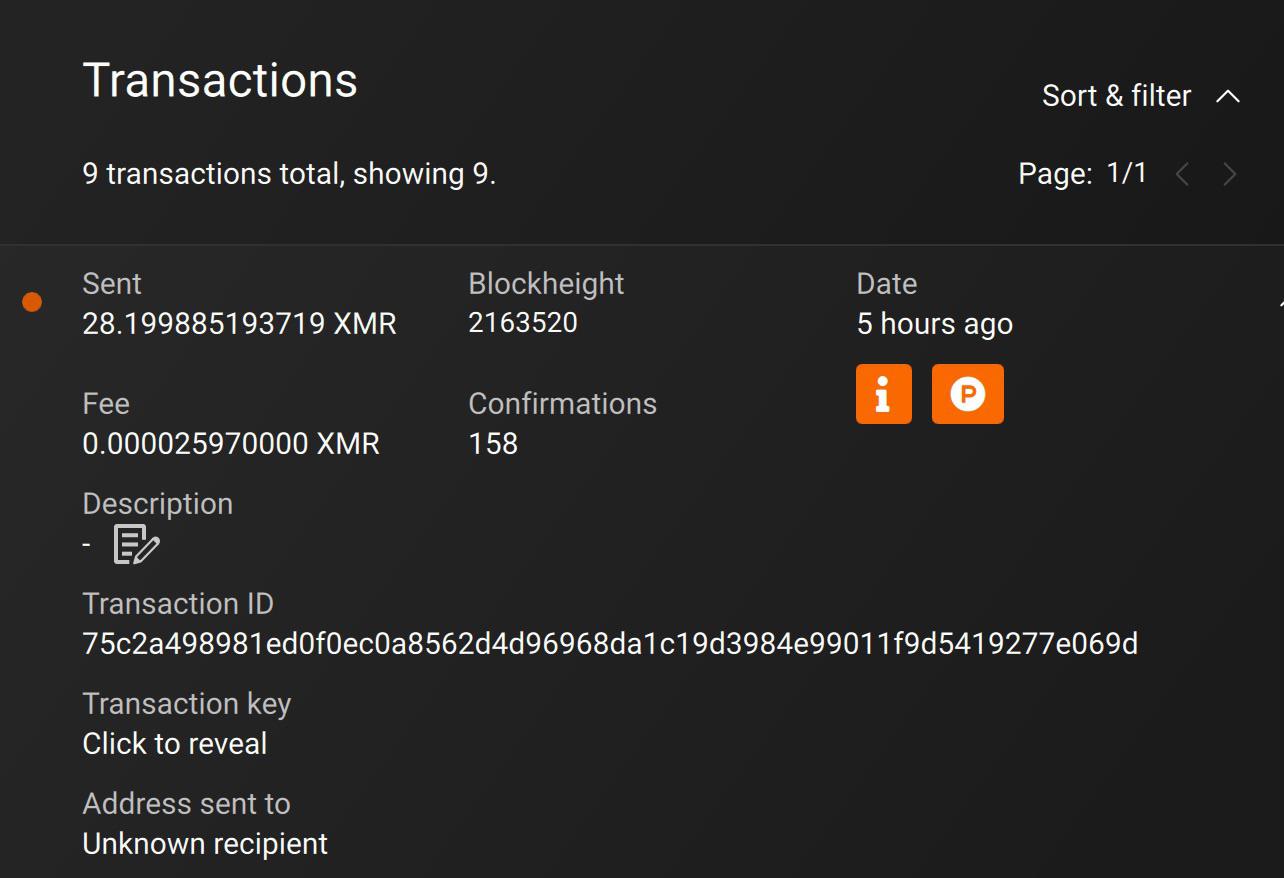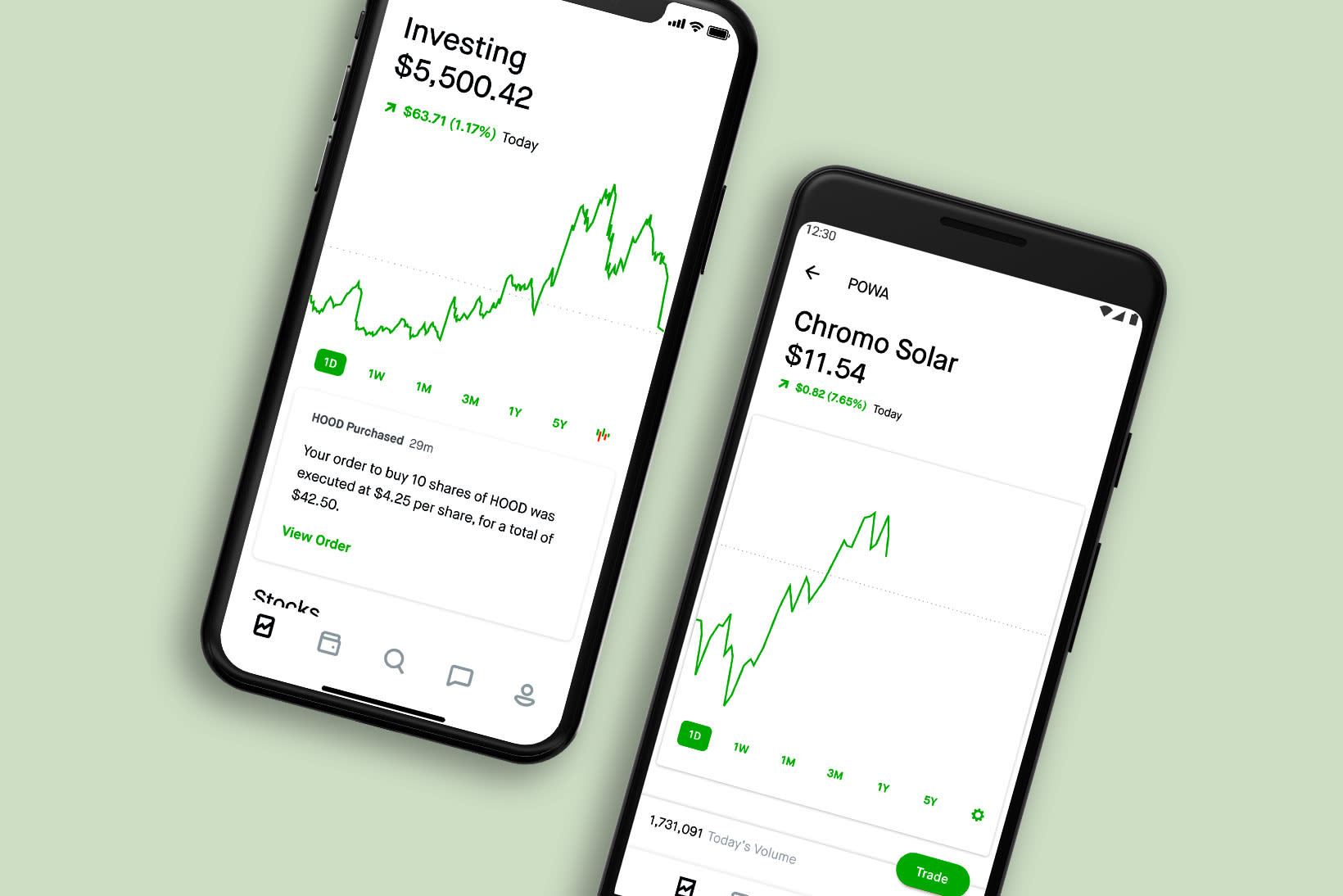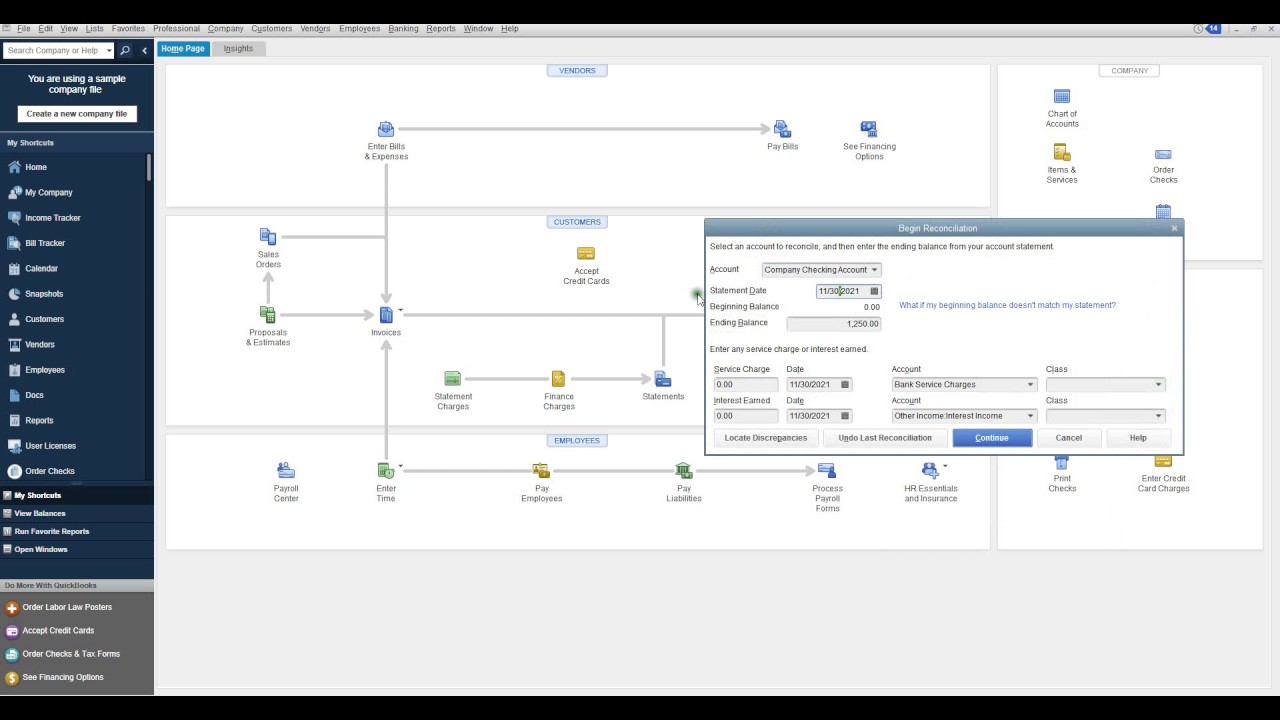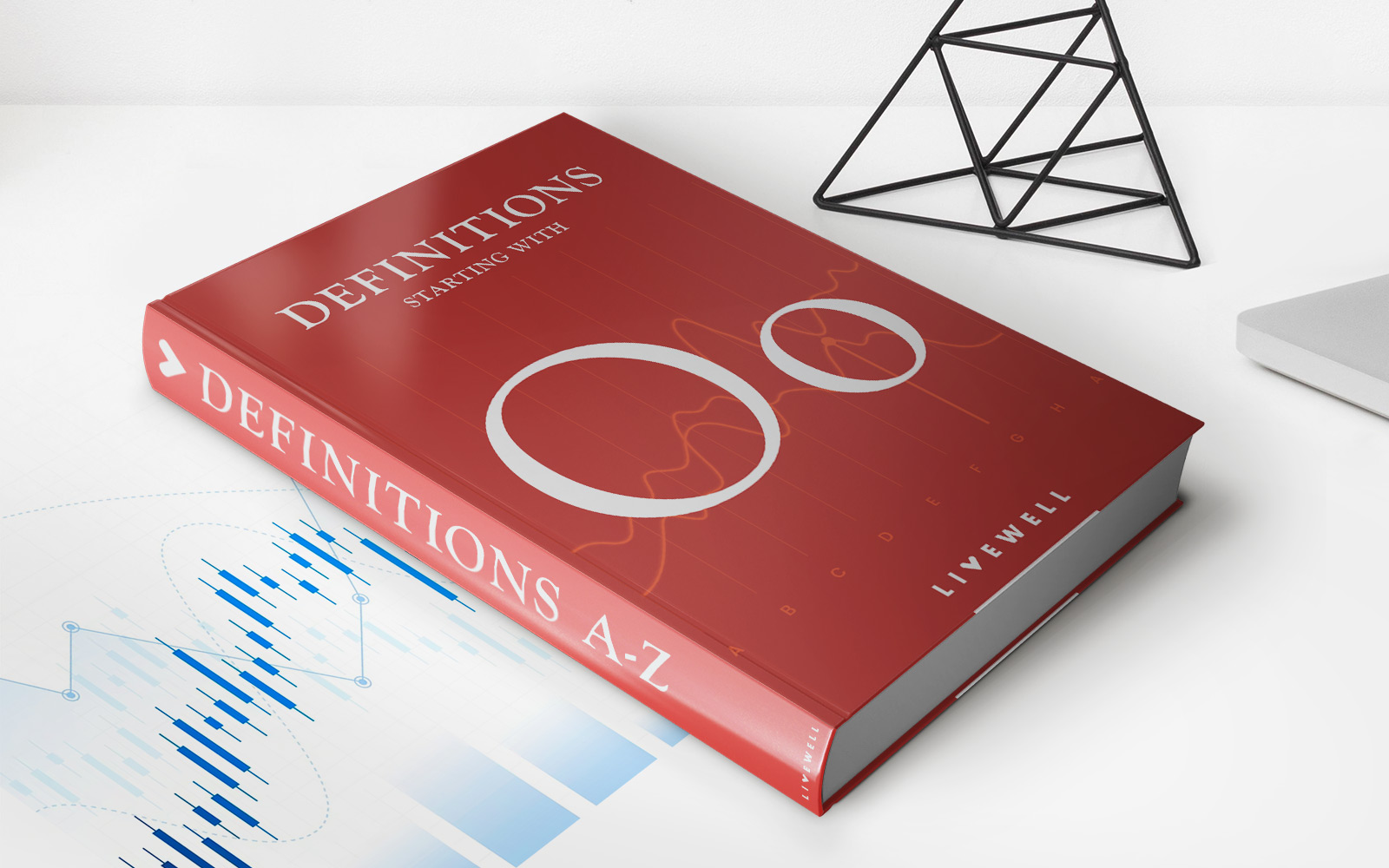Home>Finance>How Long Before I Get My BTC In My Blockchain Wallet
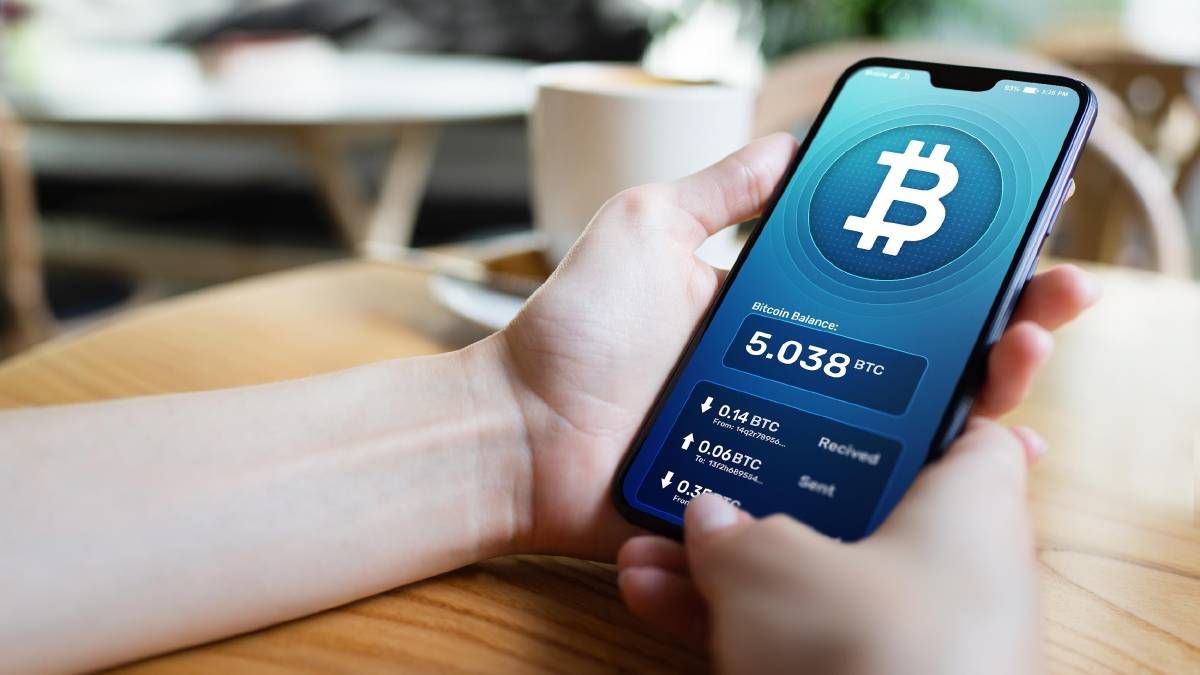

Finance
How Long Before I Get My BTC In My Blockchain Wallet
Published: October 23, 2023
Looking to receive your BTC in your Blockchain Wallet? Learn how long it takes to receive your funds and manage your finances with ease.
(Many of the links in this article redirect to a specific reviewed product. Your purchase of these products through affiliate links helps to generate commission for LiveWell, at no extra cost. Learn more)
Table of Contents
Introduction
Welcome to the world of cryptocurrency, where digital currencies like Bitcoin (BTC) are gaining popularity and becoming a mainstream form of investment and transaction. If you’re new to the world of Bitcoin, you might be wondering how long it takes for the BTC to appear in your Blockchain wallet once you’ve made a transaction.
In this article, we will explore the process of receiving BTC in a Blockchain wallet and discuss the various factors that can affect the time it takes for the transaction to be completed. We will also provide you with some tips for faster BTC transactions.
Blockchain wallets are digital wallets that allow you to securely store, send, and receive cryptocurrencies like Bitcoin. They function as a decentralized ledger, keeping a record of all transactions made with the currency. When you receive BTC in your Blockchain wallet, it means that someone has sent you Bitcoin and it is now reflected in your account balance.
The process of receiving BTC in a Blockchain wallet involves a series of steps. First, you need to provide the sender with your unique wallet address. This address is a string of alphanumeric characters that serves as your digital identity in the cryptocurrency network. Once the sender has your wallet address, they can initiate the transaction.
After the transaction is initiated, it is added to the Bitcoin network’s mempool, which acts as a waiting area for pending transactions. Miners, who are responsible for verifying and adding transactions to the blockchain, select transactions from the mempool and add them to blocks. These blocks are then added to the blockchain, which is a permanent and tamper-proof record of all Bitcoin transactions.
Once the transaction is confirmed by miners and added to a block, your Blockchain wallet balance will be updated to reflect the received BTC. The time it takes for this process to complete can vary depending on several factors, which we will discuss in the following sections.
Understanding Blockchain Wallets
In order to grasp the concept of receiving BTC in a Blockchain wallet, it’s important to have a clear understanding of what a Blockchain wallet is and how it functions.
A Blockchain wallet is a digital application or device that allows individuals to securely store, send, and receive cryptocurrencies like Bitcoin. It serves as a user’s interface to interact with the decentralized blockchain network.
Unlike traditional bank accounts, which are centralized and managed by financial institutions, Blockchain wallets operate on a decentralized network. This means that there is no central authority or intermediary governing the transactions. Instead, the network is maintained by a community of participants known as miners.
When you create a Blockchain wallet, you are assigned a unique wallet address, which is a long string of alphanumeric characters. This address serves as your digital identity in the cryptocurrency network, allowing others to send BTC to your wallet. It is important to note that a Blockchain wallet can hold multiple cryptocurrencies, but for the purpose of this article, we will focus on Bitcoin transactions.
Blockchain wallets provide users with a high level of security through the use of private and public keys. A private key is a secret code that gives you access to your wallet and allows you to sign transactions. It is essential to keep your private key safe and secure, as anyone with access to it can control your wallet and funds. A public key, on the other hand, is a unique identifier that others can use to send BTC to your wallet.
When someone sends BTC to your Blockchain wallet, they broadcast the transaction to the network. This transaction information, including the sender’s public key and the amount of BTC being sent, is recorded on the blockchain, a distributed ledger that is accessible to all participants in the network.
It’s important to understand that although the transaction information is visible to everyone, the actual identities of the sender and recipient remain pseudonymous. Instead of using real names, cryptocurrency transactions are identified by wallet addresses, adding another layer of privacy and security.
Now that we have a basic understanding of Blockchain wallets, let’s delve into the process of receiving BTC in your wallet and the factors that can influence the time it takes for the transaction to be completed.
The Process of Receiving BTC in a Blockchain Wallet
Once you’ve provided your wallet address to the sender, the process of receiving BTC in your Blockchain wallet begins. Let’s walk through the steps involved in this process.
1. Share your wallet address: To receive BTC, you need to share your unique wallet address with the sender. This address is a long string of alphanumeric characters, and it serves as your digital identity in the cryptocurrency network. You can find your wallet address by accessing your Blockchain wallet application or platform.
2. Initiating the transaction: Once the sender has your wallet address, they can initiate the transaction. They will include your wallet address, along with the amount of BTC they wish to send, in their transaction request. This request is then broadcasted to the Bitcoin network.
3. Transaction verification: After the transaction request is broadcasted, it enters the mempool, which is a waiting area for pending transactions. Miners, who play a crucial role in maintaining the blockchain network, verify the validity of the transaction and ensure that the sender has sufficient funds to complete the transfer.
4. Adding the transaction to a block: Once the transaction is verified, miners select it from the mempool and add it to a block. A block is a bundle of verified transactions that are linked together to form the blockchain. This process requires computational power and time, as miners solve complex mathematical puzzles to secure the network and earn rewards in return.
5. Confirmation of the transaction: Once the transaction is added to a block and included in the blockchain, it is considered confirmed. The more confirmations a transaction has, the more secure and irreversible it becomes. For Bitcoin transactions, it is recommended to wait for at least six confirmations before considering the transaction as fully validated.
6. Updating your wallet balance: Once the transaction is confirmed and added to the blockchain, your wallet balance will be updated to reflect the received BTC. You can check your wallet balance through your Blockchain wallet application or platform, and you will see the new amount of BTC in your account.
It’s important to note that the time it takes for a transaction to be completed and reflected in your wallet can vary depending on several factors, which we will discuss in the next section. These factors can impact the speed and efficiency of the transaction, so it’s important to understand them to manage your expectations accordingly.
Factors Affecting the Time to Receive BTC
When it comes to receiving BTC in your Blockchain wallet, several factors can influence the time it takes for the transaction to be completed. Understanding these factors will help you manage your expectations and ensure a smooth transaction process. Let’s take a closer look at them:
1. Network Congestion: The Bitcoin network can experience periods of high congestion, especially during times of increased transaction activity. When the network is congested, there is a backlog of pending transactions waiting to be processed by miners. This can lead to delays in confirming and adding your transaction to a block, resulting in a longer time to receive BTC in your wallet.
2. Transaction Fees: Adding a transaction to the blockchain requires computational power and resources from miners. To incentivize miners to prioritize your transaction, it’s advisable to include a sufficient transaction fee. Higher transaction fees increase the chances of your transaction being picked up and processed quickly. If you opt for a lower transaction fee, your transaction may take longer to be confirmed and added to the blockchain.
3. Blockchain Congestion: Apart from network congestion, the blockchain itself can also become congested when there is a high volume of transactions waiting to be added to blocks. As miners have a limited number of transactions they can include in each block, the wait time for a transaction to be processed can increase during periods of blockchain congestion.
4. Transaction Priority: The priority of your transaction can also affect the time it takes to receive BTC. Some wallet platforms and services offer the option to set the priority of your transaction, allowing you to determine how quickly it should be processed by miners. Higher priority transactions often come with higher fees, but they are more likely to be included in the next block, reducing the overall transaction time.
5. Blockchain Confirmations: The number of confirmations required for a transaction to be considered secure and irreversible can impact the time it takes to receive BTC. Most platforms recommend waiting for at least six confirmations before considering a transaction as fully validated. Each confirmation is added to a subsequent block in the blockchain, and the more confirmations a transaction has, the more secure and reliable it becomes.
It’s important to note that while these factors can influence the time it takes to receive BTC, they are not within your direct control. However, there are some tips and strategies you can implement to expedite your BTC transactions, which we will discuss in the next section.
Estimated Timeframes for BTC Transactions in Blockchain Wallets
The time it takes for BTC transactions to be completed and reflected in your Blockchain wallet can vary widely depending on the factors we discussed earlier. While it is difficult to provide an exact timeframe for each transaction, we can provide you with some estimated ranges based on the current state of the Bitcoin network and average transaction times. Please note that these timeframes are subject to change:
- Normal Transaction: In normal network conditions with average transaction fees, it can take anywhere from 10 minutes to 1 hour for the transaction to be confirmed and reflected in your wallet. This timeframe includes the verification process, block inclusion, and blockchain confirmations.
- High Network Congestion: During periods of high network congestion, such as during a bull market or when there is a sudden surge in transaction volume, the transaction time can be significantly longer. In these cases, it can take several hours or even longer for your transaction to be confirmed and added to the blockchain.
- Low Transaction Fees: If you choose to set a lower transaction fee to save on costs, your transaction may take longer to be processed and confirmed by miners. This can result in longer transaction times, varying from a few hours to potentially even days in extreme cases.
- Custom Priority: Some Blockchain wallet platforms allow users to set custom transaction priorities. By adjusting the priority higher than the default setting, you can increase the chances of your transaction being included in the next block and reduce the overall transaction time. This could potentially result in faster confirmation times, ranging from a few minutes to 30 minutes.
It’s important to keep in mind that these timeframes are estimates and can vary based on the specific conditions of the Bitcoin network at any given time. To stay updated on the progress of your transaction, you can track the transaction ID or hash provided by your wallet platform and monitor the number of confirmations it receives. Most Blockchain wallet applications provide a transaction history feature where you can review the status and progress of your transactions.
Now that you have an idea of the estimated timeframes for BTC transactions, let’s explore some tips to help you expedite your transactions and potentially reduce the waiting time.
Tips for Faster BTC Transactions
Waiting for BTC transactions can be frustrating, especially when you need the funds to be available quickly. While you can’t control all factors that affect transaction times, there are several tips and strategies you can implement to potentially speed up the process. Here are some suggestions for faster BTC transactions:
- Set Higher Transaction Fees: When sending BTC from your Blockchain wallet, consider setting a higher transaction fee. Miners prioritize transactions with higher fees as it provides them with greater incentive to include them in the next block. Increasing the transaction fee can help expedite the confirmation and processing of your transaction.
- Choose the Right Time: Monitor the network congestion and transaction fees on the Bitcoin network. Choose a time when the network is less congested to initiate your transaction. Lower transaction volume often means quicker confirmation times and faster processing.
- Utilize Custom Priority Settings: If your Blockchain wallet allows you to set custom priorities for transactions, consider adjusting it higher than the default setting. This can increase the likelihood of your transaction being included in the next block and reduce overall transaction time.
- Stay Informed: Keep an eye on the progress of your transaction by tracking the transaction ID or hash provided by your wallet platform. Stay updated on the number of confirmations your transaction receives. This will give you an idea of where your transaction stands in the process and when it is likely to be fully validated.
- Choose the Right Wallet: Different wallet providers may have different network connections and methods for fee estimation. Choosing a wallet with a strong network connection and efficient fee estimation algorithms can improve the speed of your transactions.
- Pay Attention to Recommended Fees: Some wallets provide recommended fee estimations based on the current network conditions. Pay attention to these recommendations and consider using them to set your transaction fee for quicker processing.
- Consider Lightning Network: The Lightning Network is a layer-two scalability solution built on top of the Bitcoin blockchain. It enables faster and cheaper transactions by conducting multiple off-chain transactions and settling them on the blockchain in one go. Utilizing the Lightning Network can significantly reduce transaction times.
While these tips can potentially speed up your BTC transactions, it’s important to balance the transaction fee with your desired confirmation time. Setting excessively high fees may not always be necessary, especially during periods of low network congestion. Experimenting with different fee levels and monitoring the network conditions will help you find the right balance.
As the Bitcoin network evolves, new technologies and optimization efforts are constantly emerging. These advancements aim to tackle the scalability challenges and improve transaction speeds. Staying informed about the latest developments in the cryptocurrency space can help you make informed decisions and maximize the efficiency of your BTC transactions.
By implementing these tips and strategies, you can increase the chances of faster BTC transactions and enjoy quicker access to your funds in your Blockchain wallet.
Conclusion
Receiving BTC in your Blockchain wallet is an essential part of engaging in the world of cryptocurrencies. While the exact time it takes for a BTC transaction to be completed and reflected in your wallet can vary, understanding the process and factors that affect transaction times can help you manage your expectations and make informed decisions.
In this article, we explored the process of receiving BTC in a Blockchain wallet, starting from sharing your wallet address to the confirmation and updating of your wallet balance. We also discussed the various factors that can influence transaction times, such as network congestion, transaction fees, and blockchain confirmations. It is important to note that these factors are not within your direct control, but they can be managed to some extent.
We provided estimated timeframes for BTC transactions, including normal transaction times, high network congestion scenarios, and low transaction fee situations. However, the actual time can vary, so it’s essential to stay informed about the progress of your transaction by tracking the transaction ID or hash provided by your wallet platform.
Furthermore, we offered some tips for faster BTC transactions, including setting higher transaction fees, choosing optimal times, utilizing custom priority settings, staying informed, and considering the Lightning Network. These strategies can help expedite your transactions and potentially reduce the waiting time.
As the Bitcoin network continues to evolve and new technologies are developed, transaction times may improve. It’s worth staying up-to-date with the latest advancements in the cryptocurrency space to leverage any enhancements that can accelerate transaction speeds.
In conclusion, while receiving BTC in your Blockchain wallet may take some time, being aware of the process, understanding the influencing factors, and applying the tips we provided can help you navigate the world of cryptocurrency transactions more smoothly. Remember to exercise patience and stay informed to make the most of your BTC transactions.
